Doing portrait gestures is an extremely valuable exercise. Drawing the one-minute face, the three-minute, the five-minute. The seven minute, which is definitely moving into being a sketch, not a gesture drawing. Then moving on to a longer time.
Here are examples from yesterday.
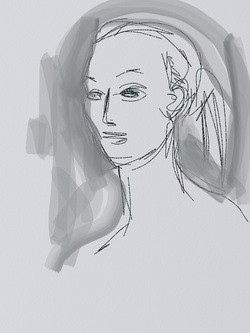
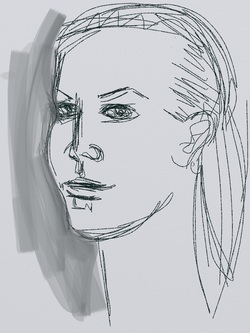

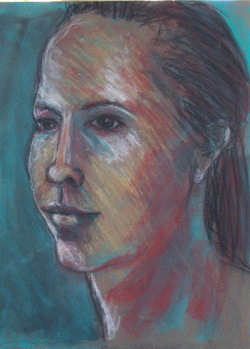
I can draw a recognizable image of my husband without him being anywhere nearby. We've been married 33 years. Remember the song from My Fair Lady? "I've grown accustomed to her face...." Or, in this case, to his face.
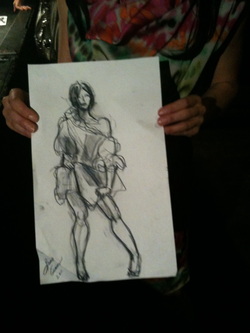

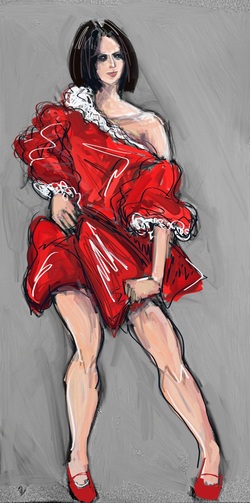
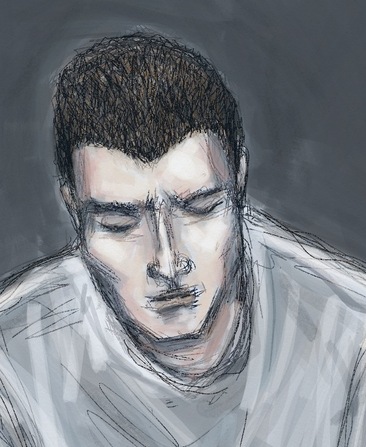
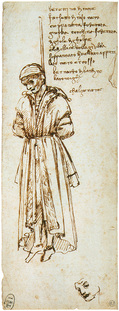
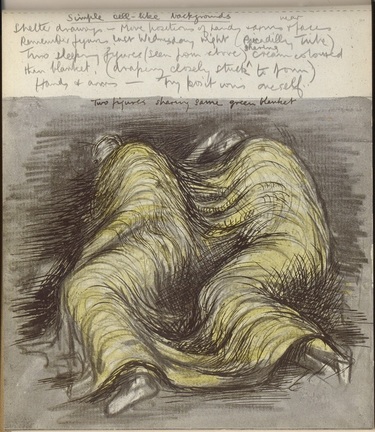
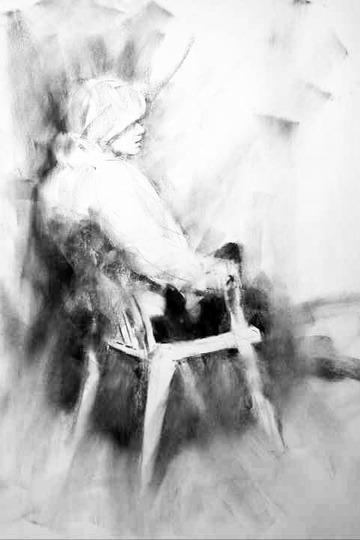
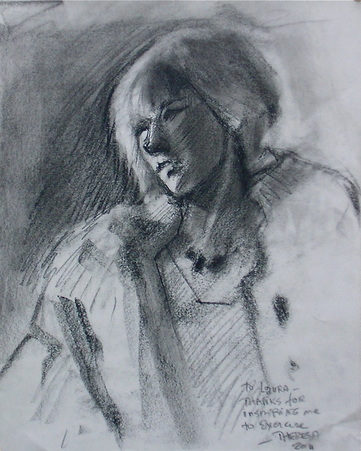
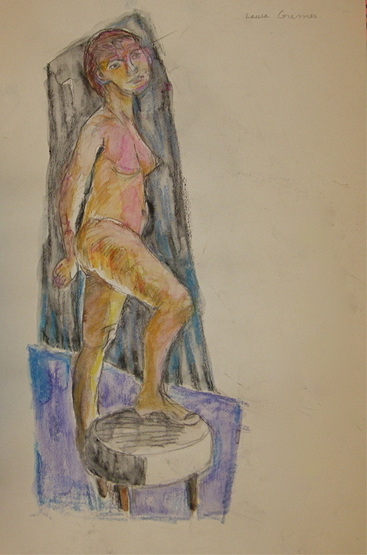

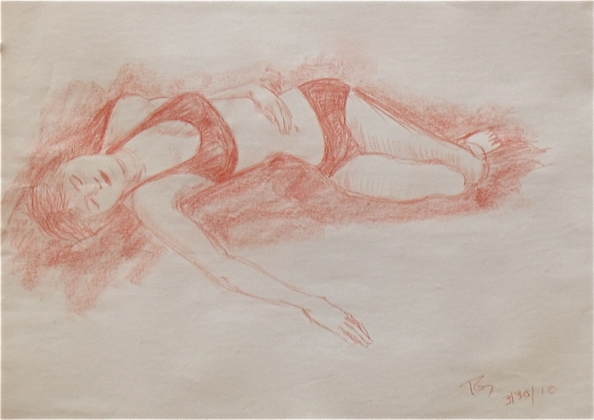
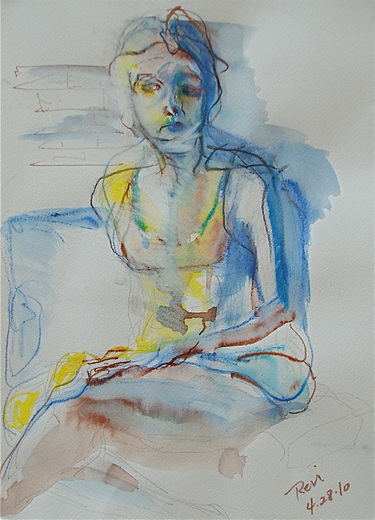
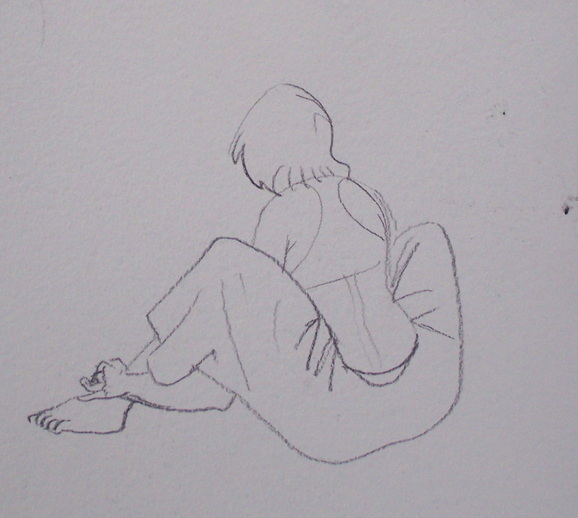
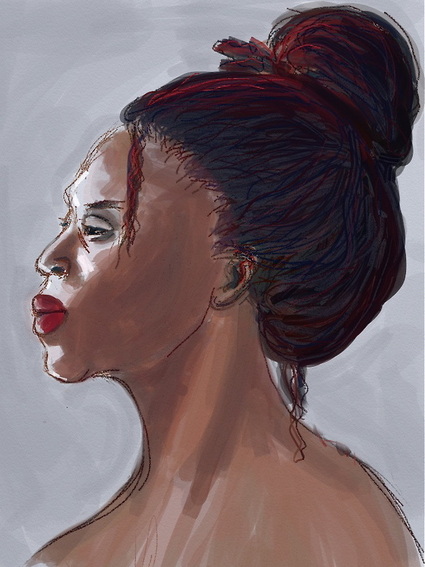
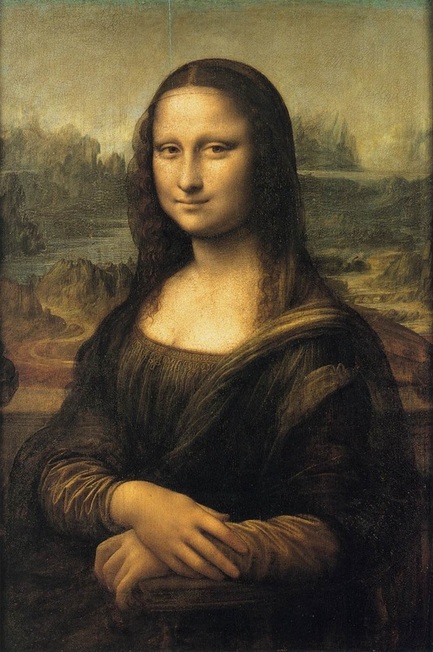
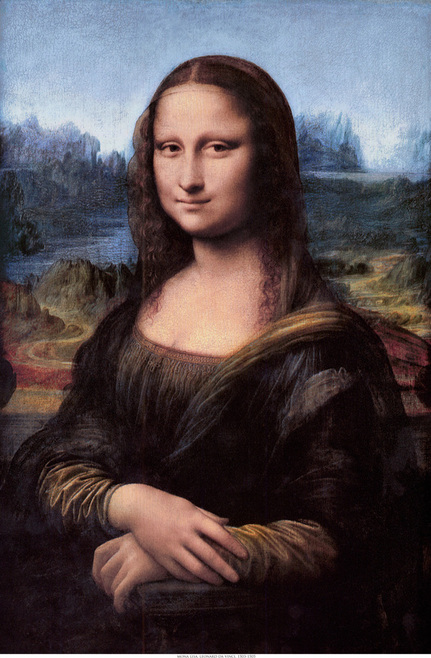
 RSS Feed
RSS Feed